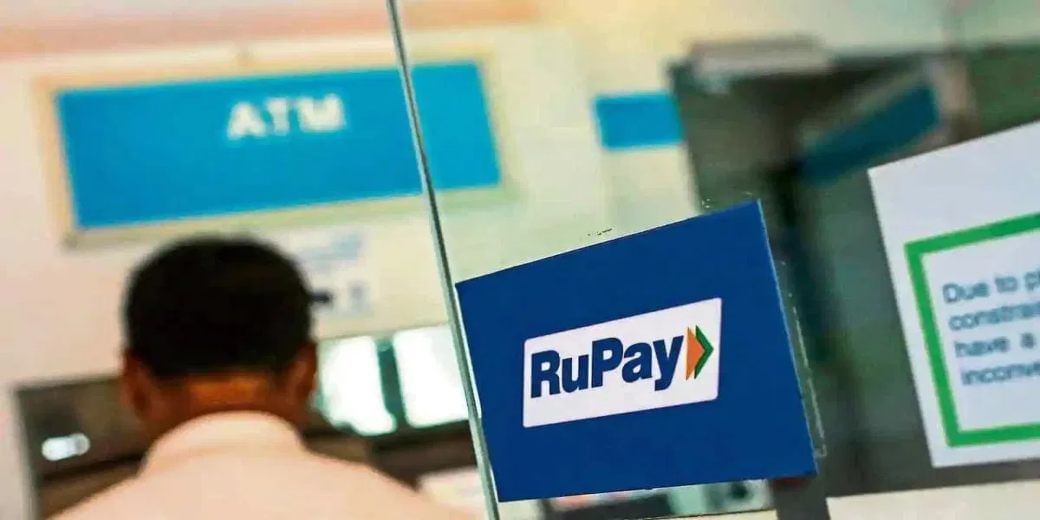Why is govt pushing common mobility card?
The government has instructed all the banks that the newly issued card or the card to be renewed should have the facility of National Common Mobility Card

The National Common Mobility Card which was launched by the government about 4 years ago under the tagline of One Nation One Card, may soon be available to most of the citizens of the country. The government has instructed all the banks that the newly issued card or the card to be renewed should have the facility of National Common Mobility Card. The government has asked the banks to issue only such cards in which contactless payment option is also available. The government had launched this type of card for the first time in March 2019.
Mobility enabled cards can be used like a normal debit card. Which means through them you can withdraw money from ATM and you can also make offline or online payment. You can also do offline shopping without entering your PIN. Along with this, these cards can also be used like a digital wallet. Wherever the metro runs across the country, they can be used as transport cards. Not only this, this card can also be used for payment from toll booth to parking.
Through this instruction, the government also wants to promote Rupay card. In fact, most of the National Common Mobility cards are issued by RuPay. Now because banks have been asked to issue cards with common mobility facility, it is obvious that more RuPay cards will be issued. If Visa or MasterCard also include such features in their cards, then their cards will also get a boost.
RuPay card was started by National Payments Corporation of India in the year 2012 but till now Rupay card network is far behind compared to networks like Visa and Mastercard. However, the dominance of RuPay card is increasing in the debit card market.
An RBI report states that out of the total number of credit cards in the country, the share of Rupay credit card is less than 3 percent. But till January last year, 65 percent of the debit cards issued in the country were RuPay cards. The RBI report also states that the share of Rupay card in purchases from e-commerce is 13 percent.
The government wants to increase its share in the Indian card market. Also wants to strengthen the domestic card network and save the market from the duopoly of foreign card networks.

